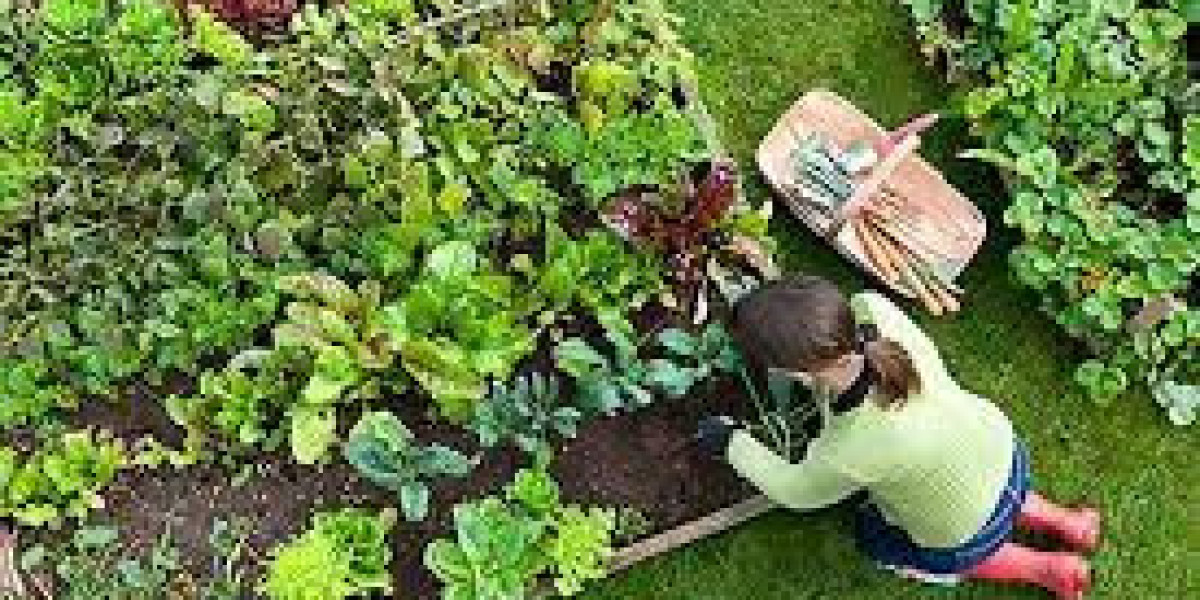Salvias, with their vibrant blooms and aromatic foliage, are a delightful addition to any garden. Understanding how to grow salvias ensures that you can enjoy these beautiful, versatile plants to their fullest potential. This comprehensive guide will walk you through the steps to successfully cultivate and nurture salvias, bringing a burst of color and fragrance to your outdoor space.
Choosing the Right Type of Salvia:
The journey of how to grow salvias begins with selecting the right type for your garden. With numerous varieties available, including culinary sages (Salvia officinalis) and ornamental salvias like Salvia splendens or Salvia nemorosa, consider your climate, soil type, and desired aesthetic to choose the most suitable salvia for your garden.
How to Grow Salvias: Sunlight and Soil Conditions:
Salvias thrive in well-drained soil and ample sunlight. Ensure your chosen location receives at least 6 to 8 hours of direct sunlight daily. Plant salvias in soil that is well-draining, preferably slightly alkaline. Amending the soil with organic matter, such as compost, helps improve fertility and drainage, providing an optimal foundation for your salvias to grow.
Watering and Moisture:
Understanding the watering needs of salvias is crucial for their health. While salvias are relatively drought-tolerant once established, regular watering is essential during the initial stages of growth and flowering. Water deeply but allow the soil to dry out between waterings to prevent root rot. Mulching around the base of the plants helps retain moisture and suppress weeds.
How to Grow Salvias: Pruning and Deadheading:
Pruning salvias is a key aspect of their care routine. Regular deadheading, which involves removing spent blooms, encourages continuous flowering and prevents the plant from going to seed prematurely. Additionally, pruning salvias after their main blooming period helps maintain a compact, bushy shape, ensuring a more attractive appearance.
Fertilization:
Fertilizing salvias contributes to their overall health and vigor. Apply a balanced, all-purpose fertilizer in spring as new growth begins. Avoid over-fertilizing, as salvias generally prefer lean soil. A light application of fertilizer every 4 to 6 weeks during the growing season is usually sufficient.
Dealing with Common Issues:
Knowing how to grow salvias also involves being aware of potential issues. Keep an eye out for pests like aphids or spider mites, and address them promptly with natural remedies or insecticidal soap. Adequate spacing between plants and good air circulation help minimize the risk of fungal diseases.
Conclusion:
In conclusion, learning how to grow salvias is a rewarding experience that brings a burst of color and fragrance to your garden. Whether you choose culinary sages for their practical uses or ornamental salvias for their aesthetic appeal, these plants are versatile and relatively easy to care for. By following the steps outlined in this guide, you'll be well on your way to cultivating healthy, vibrant salvias that enhance the beauty of your outdoor space.








